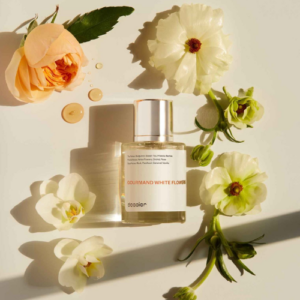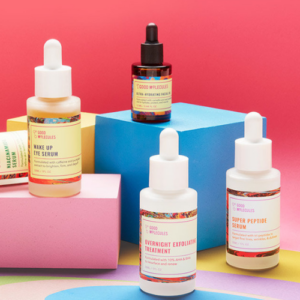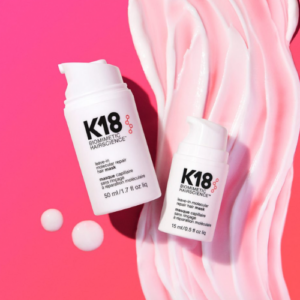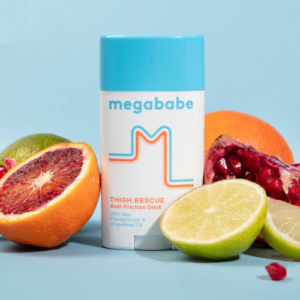The vibrancy of the indie beauty scene has continued in 2023, with sales up 90% versus 2022, according to Kline’s recently published Beauty Indies: U.S. Analysis of Brands to Watch in partnership with NielsenIQ. This year, growth in this sector has outpaced the total industry more than tenfold, which is a result of retailer support and brands’ purpose-driven efforts, accessible pricing, and innovation that spans product development, brand messaging, and digital marketing.
Below are the latest developments in the indie beauty landscape:
1. Affordability Resonating Strongly
Many newcomers in beauty today offer cost-effective pricing solutions, which have been embraced by consumers, especially in the face of rising inflation. This strategy has proven effective for former indies such as the beloved prestige brand, The Ordinary, which was acquired by The Estée Lauder Companies in 2021. Dossier is a brand to watch, positioned on affordable alternatives in the fragrance market, making fragrances more accessible to consumers who are typically deterred by high price tags of designer scents. Beauty shoppers are also more likely to find affordable brands such as Good Molecules, Peach Slices, Summer Fridays, and Verb Ghost at specialty retailers such as Ulta or Sephora today.
2. Shorter Path to Acquisition
The average lifespan of indie beauty brands has experienced a notable transformation in recent years. Previously, these brands would typically endure for around 20 years. However, as of 2023, this lifespan has been halved. This condensed runway presents both opportunities and challenges for indie brands—allowing certain brands to realize their success more quickly, while putting pressure on brands to demonstrate their competitive edge within a more restricted timeframe.
3. Maintaining Relevance Despite Longevity
Beauty indie brands, such as Osea, have shown the ability to endure and adapt over time. Osea, founded in 1996, has been ahead of its time by incorporating clean and sustainable ingredients and packaging from the beginning. Osea has recently undergone a brand refresh and expanded its distribution channels and social presence, sparking new momentum and success in direct-to-consumer and retail.
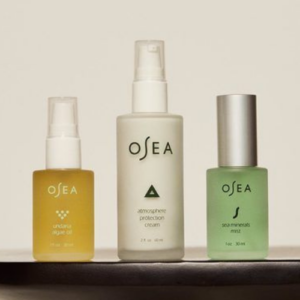
OSEA
4. Breakout Success in Male Grooming
Male grooming brands are not frequently found on the leaderboard of top indie brands to watch. However, Dr. Squatch has made noteworthy strides in this sector. The brand has successfully adapted to the digital environment and cultivated a unique brand voice that utilizes humor and relatability to establish a connection with a wide range of male consumers.
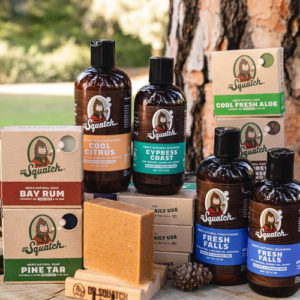
Dr. Squatch
5. Standout Innovators
Innovation was seen across all beauty indie categories, from toiletries to hair care. K18 has quickly become known for its scientific innovations in hair care, as it is using biotechnology to develop advanced formulas, which is being embraced by consumers and hair stylists. Megababe is recognized for its innovative approach in addressing overlooked concerns, such as thigh chaffing, and catering to underserved women in the market.
Tracking these fast-moving brands for nearly a decade, Kline’s Beauty Indies: U.S. Analysis of Brands to Watch report has a knack for showcasing brands that become hot commodities. For this year’s edition, Kline has partnered with NielsenIQ, augmenting NIQ’s Omnishopper data that captures both online and offline purchasing with Kline’s primary research techniques. The report delves into sales and growth evolution, bestsellers and key new launches, marketing initiatives, pricing, distribution, and more, for key indie brands that have the potential to become tomorrow’s multimillion dollar buyouts—amika, IGK, K18, Starface, Patrick Ta, Rare Beauty, and more. Look inside a brand profile to see for yourself what’s covered for each of these beauty disruptors.

